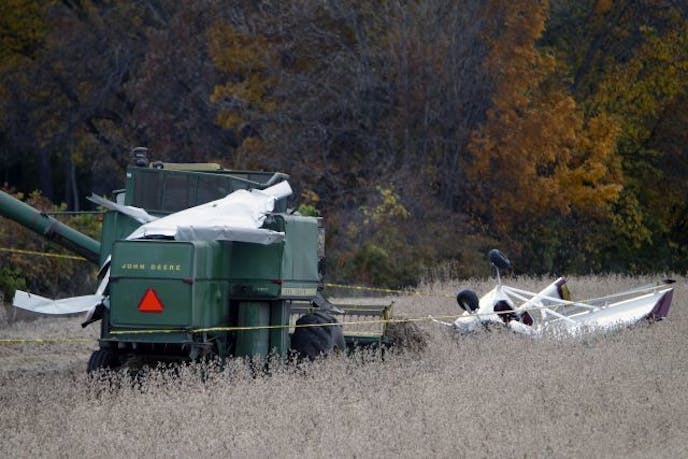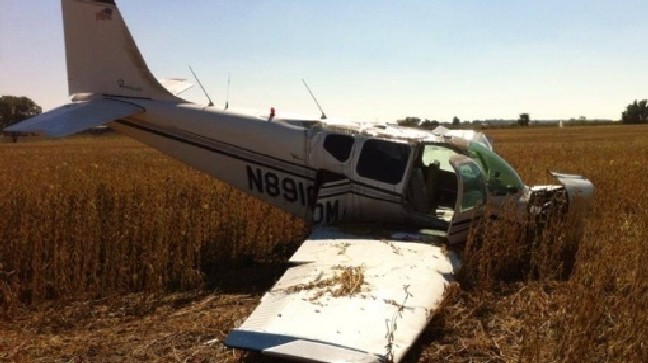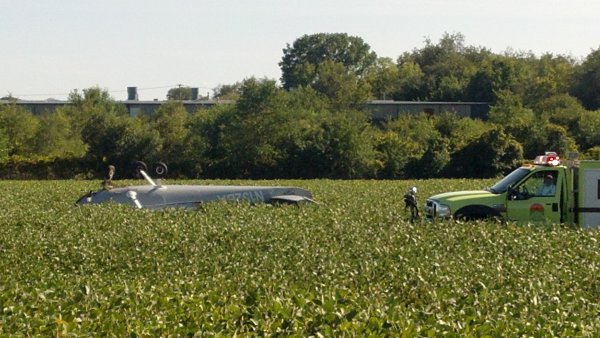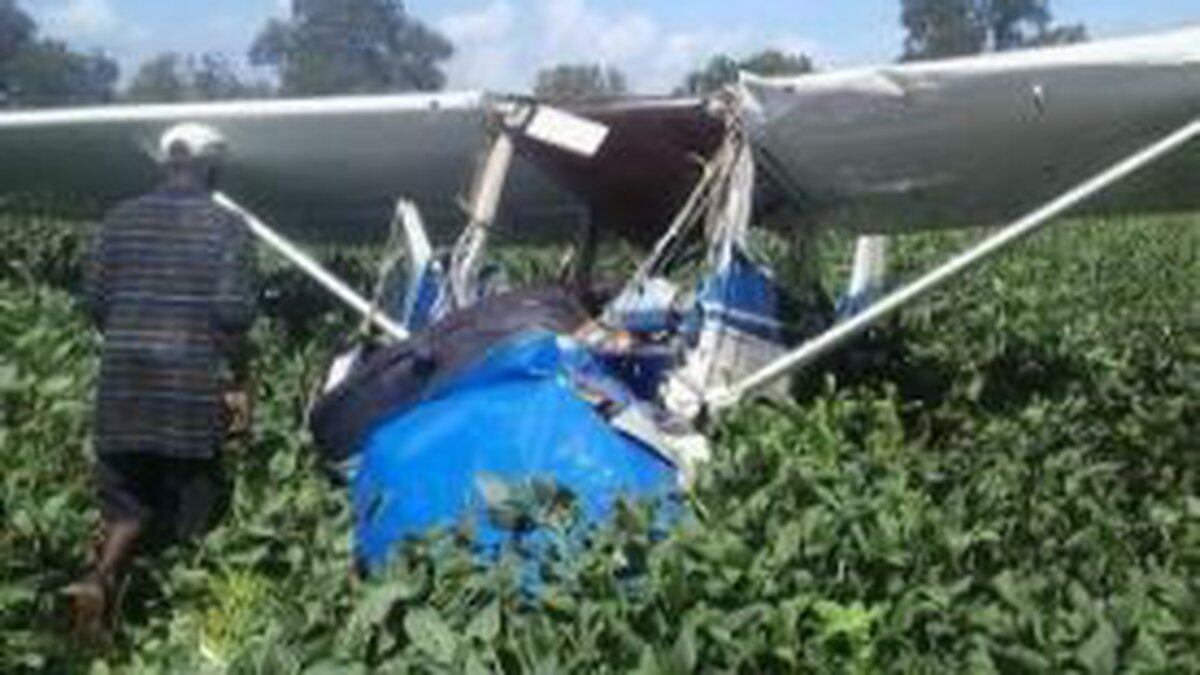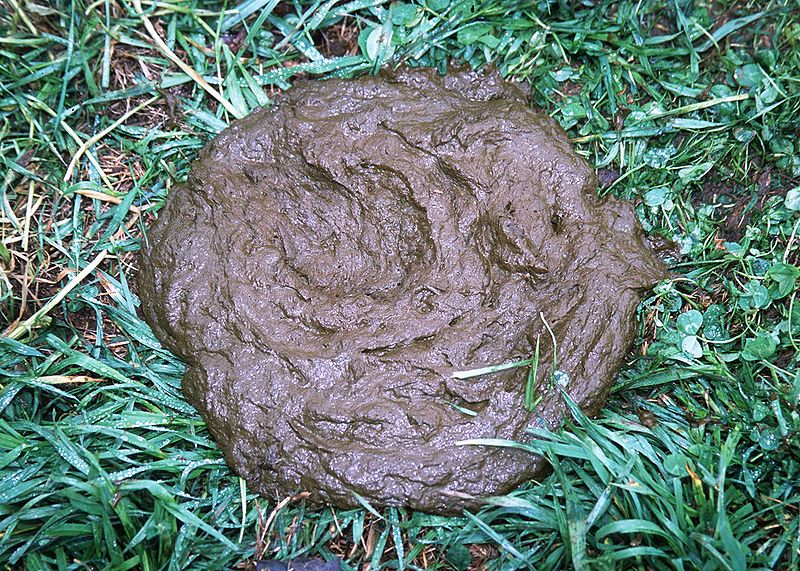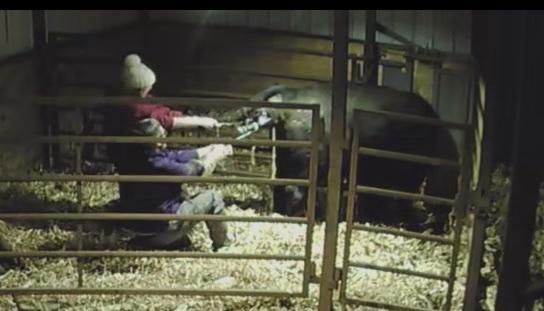I'm an Iowa corn and soybean and alfalfa farmer who has never had to land in any of them when the crop is mature. My opinion is that if one has no choice, one lands where one has to, with the row if possible, at a stall. I would expect any of them to have the likelihood to total a smaller plane. I know of two airplanes that have landed in corn. Both flipped. One was a loaded Turbine-powered Ag Cat that lost power just after lift-off. I know of one 450hp Stearman that added power too soon when turning onto a runway and ended up departing into a mature soybean field. He was airborne and just clipped the top of the beans, but boy did it retard him and he had a lot of beans wrapped around the axle. I think he was very luck to escape and had a big engine and light plane to help.
But if one has the altitude, power or time opportunity to choose between mature corn, alfalfa or soybeans, there is almost certainly a better option, such as a waterway, road, or other crop. Although a mature CRP grass field would be just as bad as any of them.
I agree with everything you wrote; I'd simply like to point out that many of the two lane roads are narrower than the wingspan a typical Cessna wing. One of the recoveries I made was of an airplane that made a successful landing 10ish miles away from the airport but wasn't in a good position to repair and fly out due to the terrain and wires in the area. We had to maneuver the aircraft around road signs and some poles as it was towed back to the airport.


